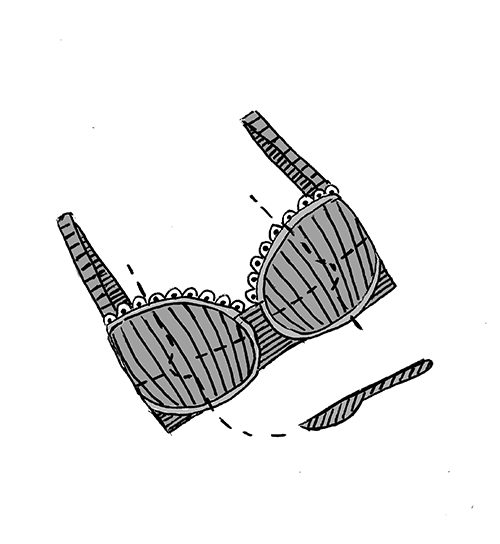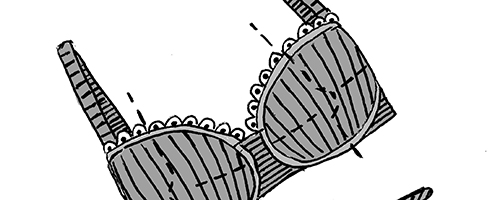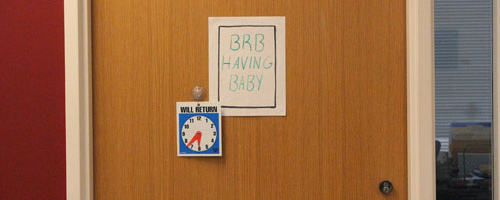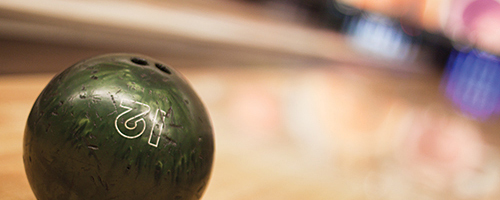The world seems a bit darker and a whole lot stronger in the weeks following Angelina Jolie’s decision to have a double mastectomy.
Angelina’s choice

The world seems a bit darker and a whole lot stronger in the weeks following Angelina Jolie’s decision to have a double mastectomy.
Jolie’s decision to receive what was a preventative surgery became widely known on May 14 when she published an op-ed piece on the procedure in The New York Times. The article chronicled the pain of seeing her mother die from breast cancer at only 56 years old.
For a small number of women, tumor-suppressing genes called BRCA1 and BRCA2—breast cancer type 1 and 2 susceptibility proteins that help repair DNA—can become damaged and mutate, increasing the risk for breast or ovarian cancer.
Given the number of women in her family who have had breast cancer, Jolie got tested—and discovered she had a BRCA1 defect. Her doctors told her that she had an 87 percent chance of developing breast cancer, and Jolie was faced with a decision most women hope to never have to make.
What’s even more fascinating is that, for a woman who has created a career based largely on sex appeal, Jolie had the courage and strength to come out and tell the world that she had just gotten rid of two of her biggest assets. This is a woman who’s earned titles like “most beautiful woman in the world.” Not only was her personal identity undoubtedly influenced by her breasts, but her professional career was as well.
This is a woman who has been sexualized, fantasized and drooled over, and now this is a woman who, at only 37 years old, has openly declared that she has chosen her health above her image.
For many women, choosing to undergo such a procedure might seem terrifying, unthinkable and embarrassing. We grow up insecure pubescent teenagers who wonder when we’re going to fill out and when our parents will let us get away with wearing low-cut shirts.
American society pounds into us as soon as we open our eyes the fact that women have boobs. Big boobs. Oiled up, popping out of a push-up bra boobs.
Our culture objectifies and fetishizes women and frequently reduces us to the appearance of our bodies, mainly our breasts. Terms like “look at the rack on that one” or “look at them titties” seem funny until you realize how often that’s all we have to say about a woman.
Women not only have boobs but, according to many messages our society has sent us, all we are is boobs.
We derive so much of our sexuality from the two lumps of tissue that really only become important for women who choose to breastfeed. Yet for many women, including myself, it’s hard to imagine a personal self without those two friendly bumps on our chest.
So, as we are told how important we are as human beings because of our lovely lady lumps, Jolie’s story becomes especially important. Her article was more than just a poignant account of the difficult choices she had to make and the painful moments in her life that brought her to that decision.
Her article showcased the strength it took to get tested, the courage to make the choice that was best for her health and a fearless ownership of her body.
Jolie could have hidden the procedure from the news, and after some reconstructive surgery most people probably would’ve been none the wiser. By coming forward, Jolie brought to our attention the fact that that our concept of her identity had changed. The beautiful, young, curvaceous woman we all either envied or desired was suddenly more than just a fantastic pair of breasts in a black tank top.
She exposed us to a situation that far too many women have to face, and she showed us that despite losing what so many of us consider part of our identities, she remains a beautiful woman.
It’s important to note that women shouldn’t take away from Jolie’s story a terror of breast cancer and a desire to go get their own breasts removed. The vast majority of women won’t need to undergo such a drastic surgery, and many women, even those with the BRCA1 or BRCA2 mutation, are advised by their physicians not to undergo the procedure.
What we should all take away from this article is not the fear but the strength. Even after decades of women’s rights advances, we have so much still to do—including changing our own perceptions about who we are as women.






